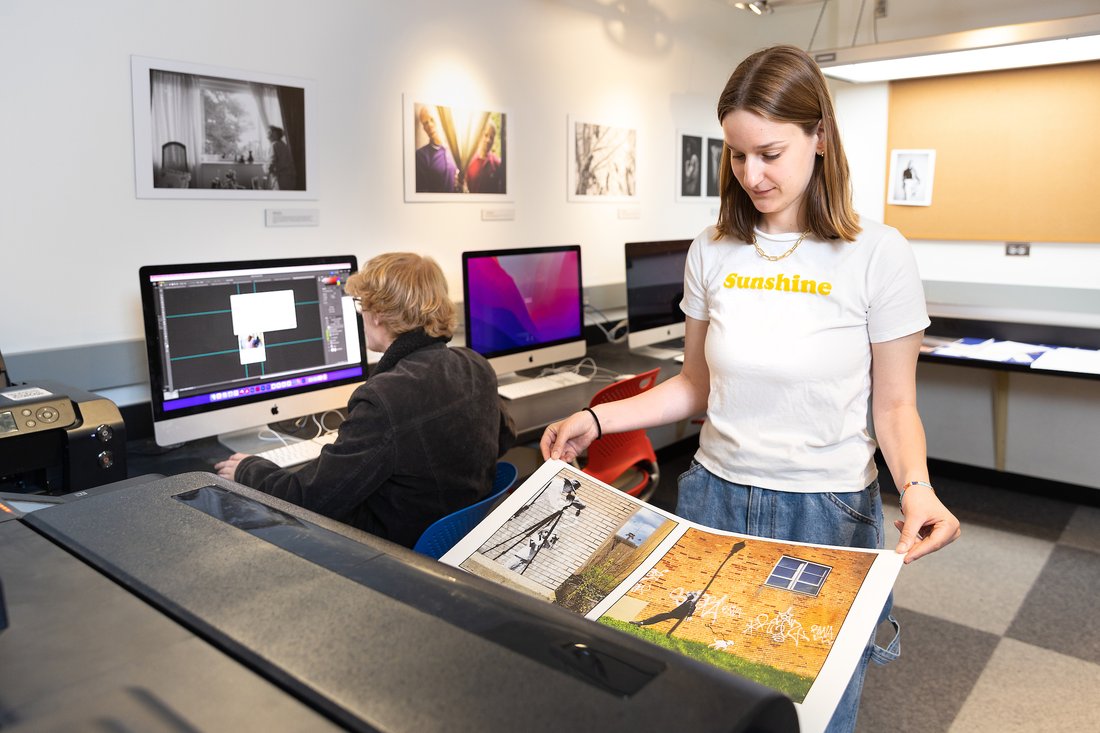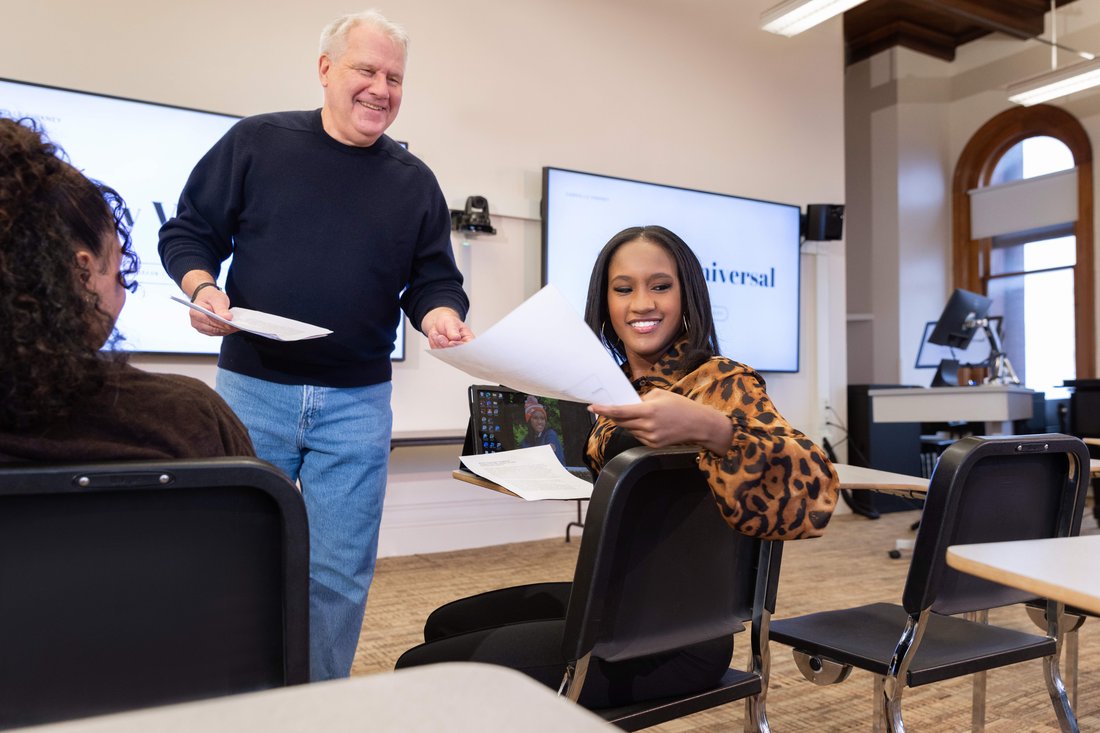
College of Visual and Performing Arts
Curriculum
The curriculum’s flexibility will allow you to strengthen your portfolio of musical, pedagogical and business skills to better prepare you for a diversified career in music.
Faculty who are established composers, performers and lecturers will support and inspire you, and demonstrate through their own professional music pursuits how to establish a livelihood with a love of music at its core.
Principal Performance Area (Lower Division Sequence):
- Demonstrate functional and artistic self-expression at the appropriate level.
- Perform a cross-section of repertoire.
Secondary Performance Area/Keyboard Competency (Lower Division):
- Demonstrate functional keyboard skills to support musicianship at the appropriate level.
Harmony and Analysis (Lower Division):
- Identify/describe common elements and organizational patterns of music and their aural and verbal analysis.
- Identify/describe musical forms, processes and structures.
- Aural Skills and Analysis (Lower Division):
- produce and recognize music at the appropriate level
Ensemble Performance (Lower Division):
- Demonstrate artistry and technical skills in an ensemble setting.
- Demonstrate collaborative competency and knowledge of the ensemble’s repertoire.
History and Repertoire (Lower Division):
- Describe music history and identify repertoire through the present time, including the study and experience of musical languages and cultures.
Principal Performance Area (Upper Division Sequence):
- Demonstrate functional and artistic self-expression at the appropriate level.
- Perform a cross-section of repertoire.
Ensemble Performance (Upper Division):
- Demonstrate artistry and technical skills in an ensemble setting.
- Demonstrate collaborative competency and knowledge of the ensemble’s repertoire.
Music Conducting (Upper Division):
- Work as a leader and in collaboration on matters of musical interpretation.
Extracurricular Opportunities
Music Fraternities and Sororities
The Setnor School is home to four professional and service fraternities and sororities devoted to music and musicians: Sigma Alpha Iota, Phi Mu Alpha Sinfonia, Kappa Kappa Psi and Tau Beta Sigma. They provide valuable service to the Setnor School and the community.
A Cappella Ensembles
Syracuse University’s six a cappella ensembles are entirely student-run and directed, performing with voice and vocal percussion. Groups perform contemporary songs using student-written arrangements for a wide array of audiences. Each group hosts auditions at least once a year. The groups perform at their own invitationals, participate in community and student engagement performances, and host a joint event every semester.
Various groups include Groovestand, Oy Cappella, Orange Appeal, Otto Tunes, Main Squeeze and The Mandarins.
American Choral Directors Association Collegiate Chapter
The Syracuse University chapter of the American Choral Directors Association (ACDA) seeks to “promote excellence in choral music through performance, composition, publication, research and teaching” as recommended by the national organization. The Syracuse University chapter fosters fellowship between aspiring and established choral professionals, organizes seminars featuring leaders in the choral field, creates opportunities to observe rehearsals and performances of the highest caliber, and supports the University’s choral studies area.
Black Celestial Choral Ensemble
The Black Celestial Choral Ensemble is a choir composed of Syracuse University students who perform contemporary Christian gospel music throughout the Central New York area.
Learn more about this program

